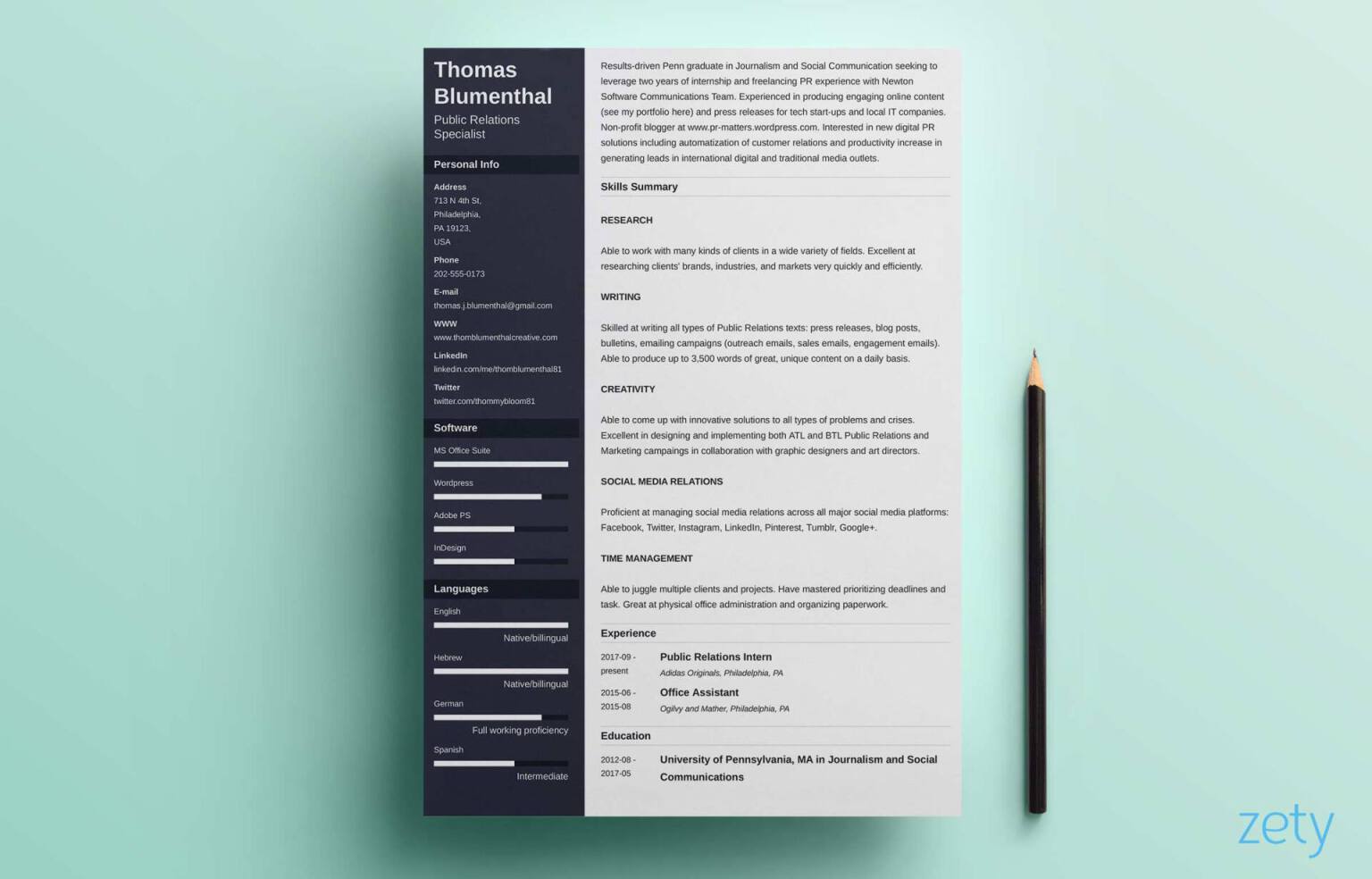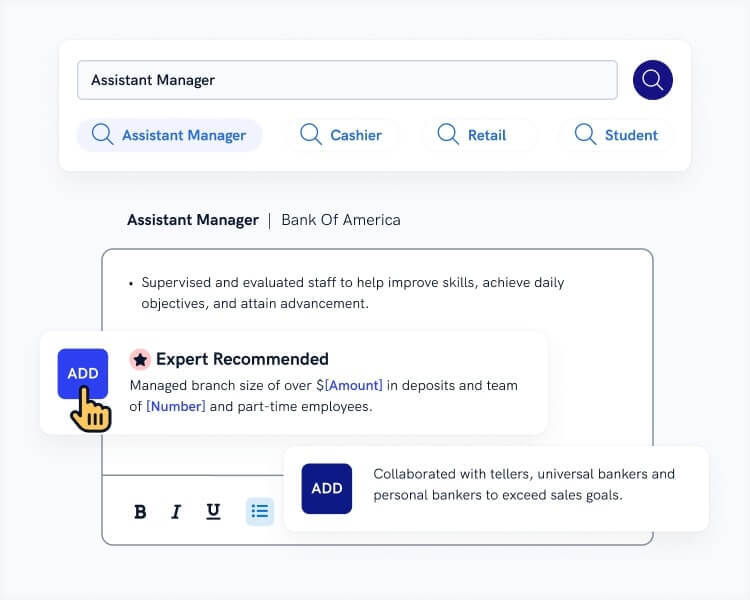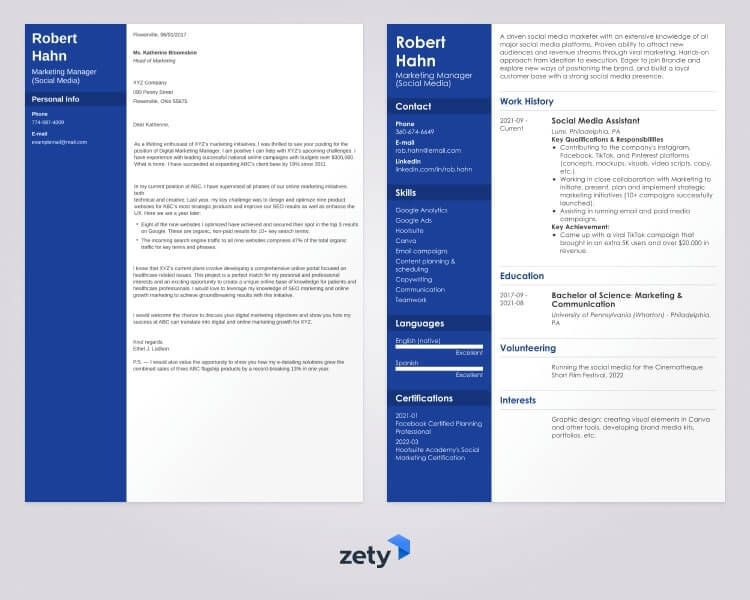Professional Resume Examples 2017 Continuity and Variation
A functional resume focuses on transferable skills and experience instead of a chronological work history. It's generally used by career changers or candidates who have employment gaps.
It's the most effective way to deal with a winding work history. And it's easier to write than you think if you follow our detailed guide.
This guide will show you:
- What is a functional resume.
- Who the functional resume format is best for.
- How to structure a functional resume.
- Expert tips on writing an effective functional resume.
Want to save time and have your resume ready in 5 minutes? Try our resume builder. It's fast and easy to use. Plus, you'll get ready-made content to add with one click.See 20+ resume templates and create your resume here.

Sample resume made with our builder—See more resume examples here.
Need to jump to the right section you're most interested in? Use the table of contents:
- What is a Functional Resume?
- Who is the Functional Resume Format Good for?
- Functional Resume Samples and Why They Work
- Functional Resume Layout, Structure and Writing Tips
1
What is a Functional Resume?
A functional resume is a type of resume format which showcases skills over experience. The purpose of a functional resume is to draw attention to transferable abilities rather than focusing on a chronological overview of your work history.
Because of it's properties, it's sometimes called a skills-based resume.
This resume format works for people targeting a job where their work history doesn't relate directly.
Sound too good to be true, right?
Here's the problem:
The functional resume format is the one most recruiters hate.
Why?
Consider this. Statistically speaking, recruiters spend 7 seconds scanning each resume. They don't read resumes. They skim them for what's most important.
In those 7 seconds, here's what recruiters look for in particular:
- Your relevant qualifications
- Your job titles
- The highest level of responsibility you reached
- Where and when you developed your skills
A functional resume hides what the recruiters are looking for. Worse—you lose credibility if your skills don't link to relevant job experience.
Does that mean such resumes are totally worthless? Well, not so fast.
The point of a functional resume is to help those who don't have the relevant work experience.
It's not about hiding your skills, it's about showing they go beyond traditional work history.
Here is what sets a functional resume—or skills-based resume format—apart:
- A richer resume introduction.
- A more in-depth skills section.
And that's what matters for some jobs. To land an interview, you need to emphasize your strongest abilities—a set of hard and soft skills.
Let's see if the functional resume can work for you.
2
Who is the Functional Resume Format Good For?
In general, the functional resume is best when:
- You're pivoting to a new industry where your work history doesn't match.
- You're highlighting your specific skills needed for the targeted position.
- You're lacking work experience relevant to the position you're applying for.
- You have many gaps in your employment history.
Need some specific examples?
Here are the most common types of candidates who benefit from a functional, skills-based resume:
- Creative types—your portfolio is what matters most and the functional resume gives you more creative space to showcase your talent in an application.
- Overqualified candidates—helps to show your skills and not your work history.
- Military transitioner resumes—detailed military work experience is difficult for you to show since recruiters don't come across them as often.
One critical disclaimer: a functional resume won't work if you don't have any work history behing your belt whatsoever. Sound like you? Switch over to this beast of a guide written by my friend Christian: No Work Experience? Here's How to Write Your Resume
The major positive of a functional resume—it's versatile.
And skills do matter a lot to recruiters.
Still, functional resumes are suitable for extremely few job-seekers.
Luckily, there are other common resume structures to pick from:
- Chronological resume works best for candidates with a linear, well-structured employment history who want to highlight work history and key professional achievements.
- Combination resume is best suited for highly-experienced job-seekers: it highlights skills and links them to relevant experience.
Before you make your final decision, let's compare these resume structures to see the pros and cons:
| Chronological Resume | Functional Resume | Combination Resume | |
| Pros |
|
|
|
| Cons |
|
|
|
When making a resume in our builder, drag & drop bullet points, skills, and auto-fill the boring stuff. Spell check? Check. Start building aprofessional resume template here for free.

When you're done, Zety's resume builder will score your resume and tell you exactly how to make it better.
Not convinced the functional resume is the best format for you? Take a look at our detailed guide: Resume Format: Samples and Templates for all Types of Resumes (10+)
3
Functional Resume Sample and Why It Works
Now you know the basics of a functional resume.
You understand who it's best for.
Time for some fun—seeing a functional resume in action.
Let's have a look at a well-written functional resume and and see why it can be so effective.
Functional Resume Format Example—Concept Artist
Janice Sather
Concept Artist
4335 Pringle Drive
Chicago, IL, 60606 USA
773-546-5235
jsatherconcept@gmail.com
www.jsatherconcept.com
linkedin.com/in/jsatherconcept312
Twitter: twitter.com/jsatherconcept312
Resume Objective
Passionate concept artist with a BA in Fine Arts from Northwestern University seeking to leverage my experience as a concept art developer with Technicolor. Experienced in developing visual guides (see my portfolio) and creating project artwork for clients publishing needs. Interested in developing and creating new conceptual art forms for both digital and print designs to increase brand awareness for large companies and organizations in the tech and robotics industry.
Skills Summary
CONCEPTUAL DESIGN
- Created project defining artwork for various projects in the FMCG industry, gaming industry, and technology industry.
- Designed and produced characters, objects, atmospheres, and the general style to provide practical content that direct and indirect groups can capitalize on.
- Worked with clients to design, develop, and deliver art pieces according to their specifications.
GRAPHIC DESIGN
- Worked regularly on the overall graphic, layout, and production of digital and online visual content.
- Spearheaded daily design on several projects in the technology industry.
- Art direct product photoshoots for print ads and marketing materials.
ILLUSTRATION
- Created over 3,000 portraits in both oil, pen and ink.
- Developed and implemented new graphic concepts and designs for several promotional campaigns and advertisements.
- Collaborated with different creative teams to design and illustrate the publication of a series of comic books.
Work History
Graphic Design and Illustrator
March 2018—present
Jsather Concept, Chicago, IL
Freelance Conceptual Artist
May 2012—September 2017
Conde Nast, Chicago, IL
Education
BA in Fine Arts
Northwestern University,2010
Additional Skills
- Software: Photoshop (CS2), Illustrator, 3DS Max, Rhino 3D, Maya, Adobe, Flash, After Effects, Dream weaver, Microsoft Word, Excel, Adobe, PageMaker, PowerPoint
Languages
- Spanish: Intermediate Working Proficiency
Wow—
Janice has talents.
And she backs up her talents with key skills.
She chose the functional resume format to highlight the different skills she has as an artist.
See her use of bullet points in the skills section? It's easily scannable for any HR recruiter to glance through.
She may not be a seasoned candidate who worked one job in the last several years.
But—her skills show how her transition to the new role will go smoothly with all the key achievements she highlights.
4
Functional Resume Layout, Structure, and Writing Tips
You've seen the functional resume in action.
And the functional resume format is super helpful.
But—you need a bit more detail to make each section of your functional resume shine.
Look no further—this section breaks down each part of your functional resume.
Let's start with the basic layout of sections on a functional resume:
- Name and Job Title
- Contact Information—address, phone number, email, and social media accounts (if necessary)
- Resume Objective—emphasize skills and achievements
- Skills Summary—highlight your skills in this section of your functional resume
- Work Experience—smaller section but can be omitted
- Education—highest degree and most relevant certificates
- Additional Skills—extra to the position you're applying to
Let's break down each section so you know how to write a functional resume.
Start With Your Name and Job Title
Seems to be the easiest part of your functional resume, right? Well, it's a bit more difficult than you think.
What job title should you put if you're a creative type or unemployed?
Or, should it be for the position you're hoping to land?
If your skills match with the position then go with a standard title—artist, copywriter, teacher.
But—
If you're the one using a functional resume to switch roles or industries, don't add a job title as it could confuse the recruiter.
Need more information on what job title to put on your functional resume? Read our guide: 450 Job Titles that Work on a Resume & Job Hunt [Current & Desired!]
List Your Contact Information
Make sure your contact information on a resume is up to date.
Do include your mobile phone number, a LinkedIn profile on your resume, and an email address.
Ensure your email looks professional.
Go With a Resume Objective
Let's downplay the gaps in your employment with a pitch-perfect resume objective.
It gets your functional resume off on the right foot—by showing off your skills and key achievements.
Include 3-4 examples of your most relevant personal achievements. Choose achievements based on the position you're applying to.
Convince the recruiters you'll use your skills to benefit your future employer.
Need help writing your resume profile? Check out our in-depth guides: Resume Summary Examples (30+ Professional Summary Statements) and 50+ Resume Objective Examples: Career Objectives for All Jobs (+Tips).
Write the Perfect Skills Summary
This is the shining moment for your functional resume.
It should make the hiring manager's brows heighten.
It should convince them your skills are more important than your work history.
Remember, the position you're applying to has requirements. This is the section where you prove you're capable of nailing the job role.
Follow these simple steps to get the skills section right:
- Compile a master list of all the skills you have. Include your soft skills, hard skills, as well as technical skills.
- Go to the job offer and see the skills needed for the position. Write these skills down.
- Compare these skills to your master list and identify the ones which overlap.
- Select 3-4 of these skills and list them in this section of your resume.
- Give evidence of each skill with 3-4 bullet points. One bullet point should quantify your skill in a relevant way.
Want to know more information on how to put your skills on a resume? Read our guide: 99 Key Skills for a Resume (Best List of Examples for All Types of Jobs).
Describe Your Work Experience
Now comes the hard part.
How do you show relevant work experience when you have gaps in employment?
Follow our tips and it shouldn't derail your application.
First, think about why you were unemployed. There are many acceptable reasons for why people are unemployed.
Were you a full-time student? Parent? Travel? Label your periods of unemployment and list why it's the case.
Maybe you took on a lot of intermittent projects but had no stable workplace. Use years instead of months to indicate your work experience on your functional resume.
If you had a gap within the year, it still shows you had consistent work, with small breaks in-between.
When you list work history, be sure to list the dates, job title, and the name of the company for each position you held. Add the location of the company as well.
Add Your Education
The education section tells your employer you have value.
It also factors into what skills you have on your functional resume.
If you're fresh out of school or have breaks of employment, consider adding the following:
- GPA
- Relevant coursework
- Minor
- Dean's List
- Honors
- Study abroad
Read up on more tips for your education section in our dedicated guide: How to Put Your Education on a Resume [Tips & Examples].
Detail Your Additional Skills
Use this section to add any additional skills you have apart from the ones you listed in the skills summary section.
Only add skills to boost your chances. Here are some ideas:
- Languages
- Software—Wordpress, SEM Rush, Adobe InDesign, MS Office Suite
- Certificates
- Volunteer Work
Finally, remember to write a cover letter to send alongside your functional resume. Cover letters are still expected today!
Plus, a great cover letter that matches your resume will give you an advantage over other candidates. You can write it in our cover letter builder here. Here's what it may look like:

See more cover letter templates and start writing.
Key Takeaway
And there you have it!
You're now ready to write a functional resume for your specific need.
Don't think your imperfect work history as a vulnerability.
Think about the great skills you have—and highlight it with a pitch-perfect functional resume.
Here's everything you need to know about writing a functional resume:
- A functional resume format is best for those who don't have a traditional work history—or have none at all.
- A functional resume draws the recruiter's attention to your skills.
- A well-written functional resume must be tailored to the job you're applying for.
Do you have any questions about writing a functional resume? Maybe you'd like to share advice on how to get everything right? Give us a shout out in the comments below. We're always happy to help!
Source: https://zety.com/blog/functional-resume
0 Response to "Professional Resume Examples 2017 Continuity and Variation"
Post a Comment